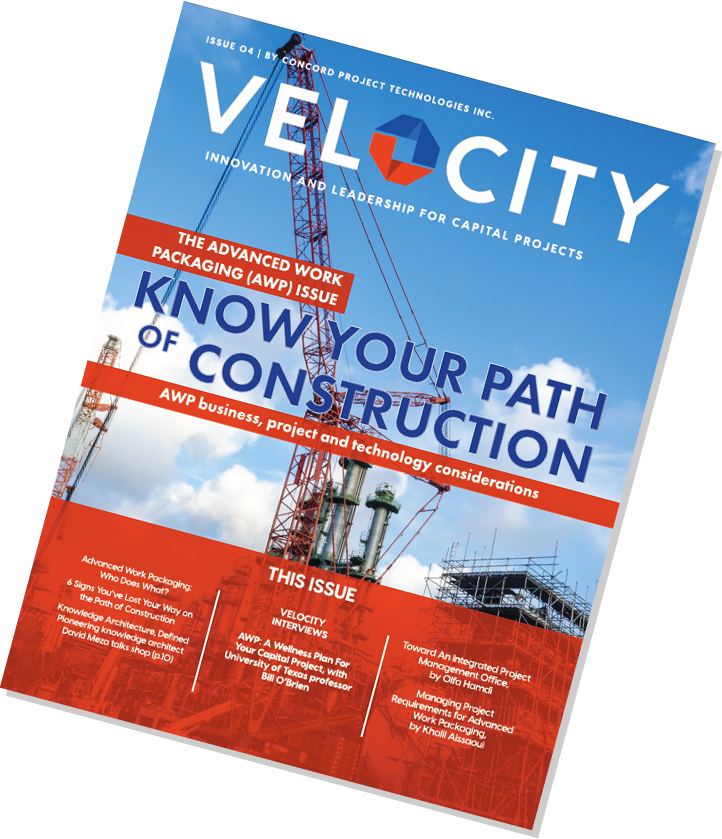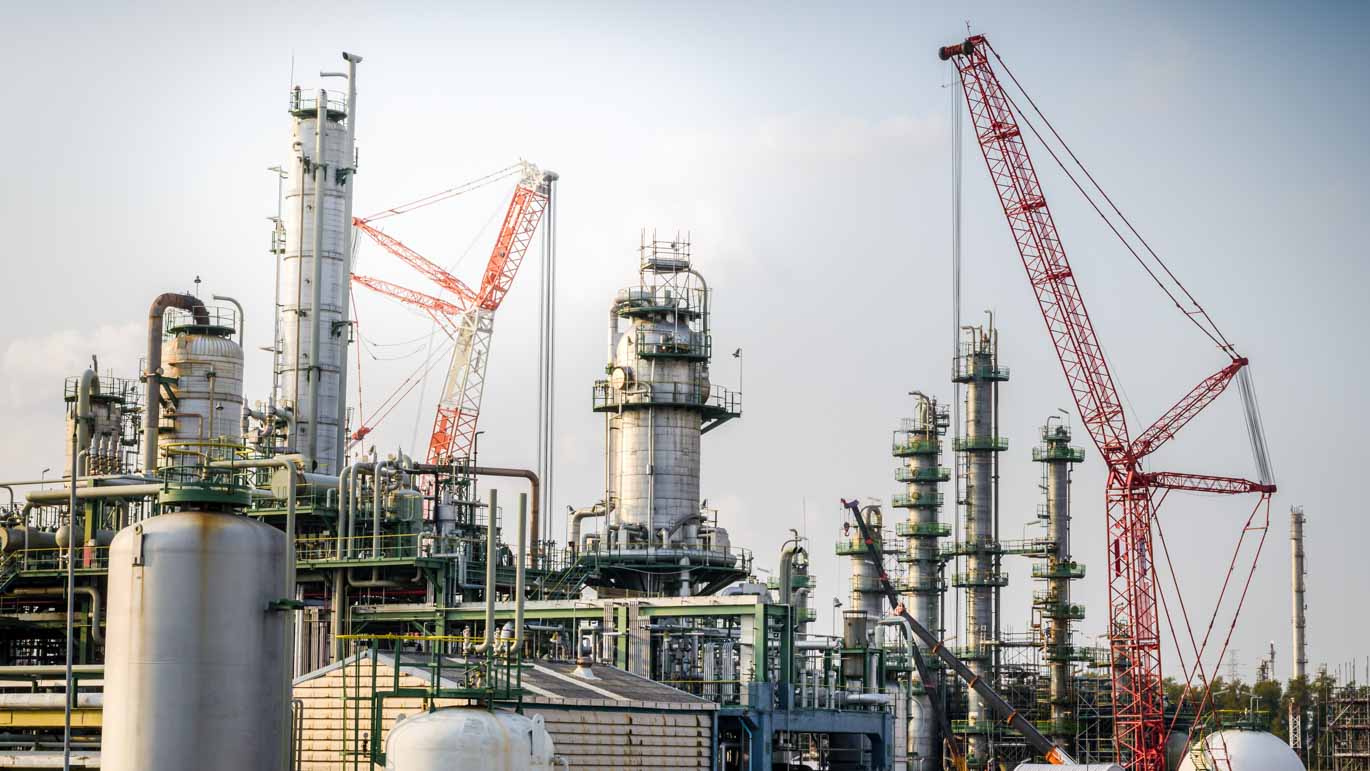Fresh ideas and modern tactics for securing a competitive advantage in domestic and international chemical markets
The shale gas boom that started nearly 15 years ago has upended global energy markets and transformed the chemical plant construction landscape. With the initial economic shock and first wave of investment behind us, what should investors, leaders and executives be focused on today? How can leading companies position themselves for growth and gain a competitive advantage in 2019 and beyond?
According to the American Chemistry Council, “plentiful and affordable natural gas supplies have transformed America’s chemical industry from the world’s high-cost producer five years ago to among the lowest-cost producers today.” The United States, it says, now benefits from “a decisive competitive advantage” in making basic petrochemicals.
The statistics speak for themselves. The industry association counts 333 new chemical projects as directly attributable to shale gas development, generating a staggering $292 billion in new economic output. By 2020, the council expects the industry to create more than 430,000 direct and indirect new jobs. Most notably for our purposes here, the explosive growth is expected to provide an opportunity to leverage $202 Billion in new capital investment.
In this potentially hot global market, how can your chemical plant construction you gain a competitive advantage? Here are some tips.
Level-Up Your Local Risk Assessment
When selecting a location for your facility, make labor a key focus of your location-related risk assessment. Your ability to access resources is critical to your success — this is true during the construction phase, of course, when you will be competing for in-demand skilled workers. It will also be true once the plant is running.
The key is to undertake a comprehensive study of local labor conditions. You and your competition will examine base metrics around the number of local labor resources, their level of skill, and known competition. Beyond that, you will certainly want to ascertain whether there have been any local labor actions or strikes.
Smart companies, however, gain a competitive advantage by digging much deeper. How is labor organized in the region? Has that organization changed in recent months or years, or is it expected to change? Is union membership waxing or waning? What do you know about union leadership and local politics? Are there other “invisible” factors that are attracting people to the region, or driving them away? Insight like this cannot be gleaned from public records; it demands old-fashioned shoe-leather investigation and reporting. Your competitive edge will come from your willingness to invest.
Remember: Just because a previous plant has been successful in the region, doesn’t mean yours will be. Labor conditions can change fast. Chemical plant investors and executives have learned the hard way that prices can spike in a hot market, wiping out returns overnight. When it comes to labor, chemical construction competes head-to-head with other kinds of industrial construction, and a hot market is always possible. Do your research and put your company on the strongest footing possible.

Mission-Critical Resource On The Global Market
There is no such thing as a local chemical market anymore. No facility, no matter how well-sited, will ever be immune to the vagaries of the global market. Whether you’re buying major equipment from overseas or bringing in engineers from other countries, you will always be competing for at least some resources on a global level. Consider: How will international markets impact your ability to secure mission-critical resources?
Establish A Local Presence In Your Destination Market
If you’re building a local chemical plant to serve an international market, be sure to have a presence in the destination market. This is especially essential for smaller companies that don’t have a built-in “marketwatch” backup at the corporate or international levels. The important thing here is to establish what it will take to succeed in that unique, specific target market. The answers are not always obvious; the cultural, economic and legal contexts demand thorough study. Do not assume that what works in the United States will work in the European Union, in East Africa or in China. Do the legwork.
Make Capital Effectiveness A Competitive Advantage
Your ability to get your product to market faster and cheaper can provide a significant competitive advantage in both the short and long term. In many cases, the best way to secure this advantage is by investing in experienced project management services. When you deliver the facility on-time and on-budget, you begin on solid footing — and you’re far more likely to get your next plant financed, too.
Recognize That Experience Isn’t Always A Good Thing
Joint ventures are common in the chemical construction market, particularly between established companies looking to enter new markets. Be forewarned, though: A project team operating on behalf of a joint venture is as immature as a startup, and needs the same level of investment and nurturing — possibly even more.
Why? Because while each company has established systems and protocols for getting work done, the joint team does not. Unfortunately, many investors and executives assume that the teams will “work it out,” and the result is often confusion, conflict, and delay. The solution is to treat a new joint venture as a startup, providing fresh training and close oversight to ensure that all members of the team understand the work process and deliverables.





